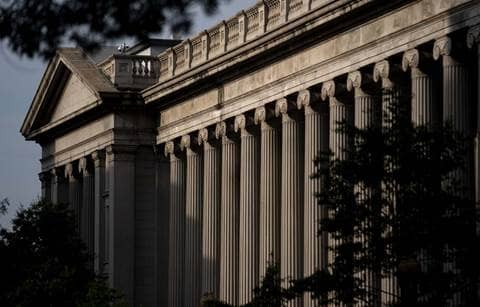The challenge
Our client — a Michigan-based, private equity-owned real estate company that builds and owns office, retail, and apartment buildings — completed construction on a new $28 million apartment building in 2022. With the goal of maximizing their tax savings for their investment, they engaged us to perform a cost segregation study for their new building. (Our firm was selected due to its successful track record of prior tax consulting projects for the client.)
The solution
We began by gathering all the contractor invoices to get a breakdown of the total spend. From there, we identified any items in the invoice detail that qualified for a shorter tax life. Beyond invoices, we also examined civil construction drawings. This review allowed us to identify and estimate the cost of land improvement assets, including external items like parking lots, pools, landscaping, carports, sidewalks, and storm sewers. Land improvements such as these require quantity takeoffs to establish the tax basis and are subject to a 15-year recovery period and qualify for bonus depreciation.
In instances where invoices weren’t available for items of personal property, we reviewed the architectural, structural, mechanical, electrical, and plumbing drawings to estimate the cost of these items. We priced out all removable flooring and carpeting, cabinetry and countertops, decorative lighting, sinks, and all residential appliances. We also measured and counted linear feet of accessories, gas, and plumbing lines; specific-use electrical receptacles and wiring; IT wiring; and plumbing waste and water supply lines. Using an industry-standard, IRS-approved costing database, we accurately valued not only the hardware and appliances themselves, but also the supporting infrastructure. We then sorted the assets into five- and seven-year depreciable life asset categories and determined whether they qualified for bonus depreciation.
The benefit
Of the total $28 million construction cost, we identified 24% as shorter-lived assets that qualified for bonus depreciation, with 8% applying to land improvements and 16% to personal property. Without a cost segregation study, our client would’ve realized a $42,000 depreciation deduction. Instead, they were able to deduct $6.9 million with regular and bonus depreciation. At a 34% federal income tax rate, the $6.9 million deduction saved over $2.3 million in tax in the year the apartment building was placed in service.
In addition to the cost segregation study, our tax specialists also identified the client was eligible for the Section 45L tax credit for multifamily buildings that meet certain energy-efficiency standards. This secured them a tax credit of $250,000.





